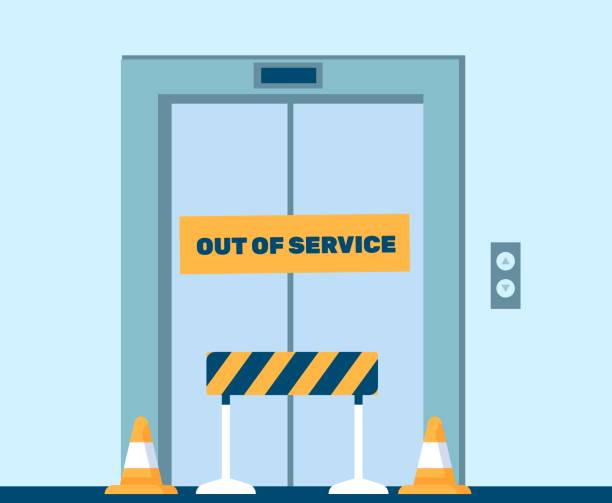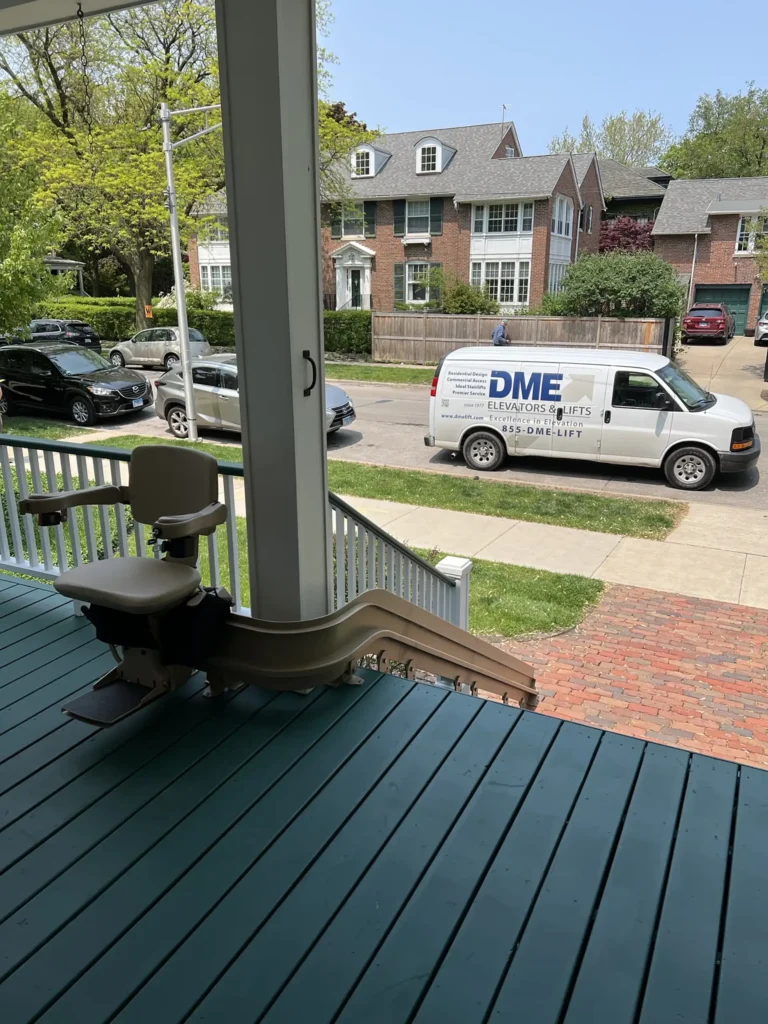Professional Lift Repair Services: How to Select the Right Lift Service Company
Wiki Article
Specialist Tips for Ensuring Safety And Security During Comprehensive Lift Repair Service Treatments
In the realm of thorough lift repair service procedures, safety stands as a paramount worry that necessitates thorough attention to information and adherence to established methods. As the complex interaction of equipment and human treatment unfolds, a critical method to safety and security ends up being the cornerstone for successful repair service operations.Safety Gear Needs
The security gear demands for lift repair service procedures are essential to ensure the well-being of maintenance personnel. When working on lifts, maintenance personnel must adhere to stringent security procedures by using proper gear such as difficult hats, safety goggles, gloves, steel-toed boots, and high-visibility vests.Construction hats are important for guarding versus head injuries from bumping or falling objects right into overhanging frameworks. Security goggles secure the eyes from debris, chemicals, or triggers that might be generated during repair. Handwear covers offer hand security from cuts, burns, or electrical shocks, while steel-toed boots provide foot protection from hefty items or tools. High-visibility vests make sure that maintenance personnel are conveniently seen by others, lowering the danger of mishaps due to inadequate presence. By purely adhering to safety equipment demands, maintenance employees can alleviate risks and job successfully to keep and repair lifts.

Tools Inspection List
To ensure the maintenance employees's safety and security and the proper functioning of lifts, a comprehensive equipment evaluation list is crucial before starting any kind of repair treatments. lift servicing companies. This checklist should include a comprehensive assessment of all parts such as cords, pulley-blocks, electrical systems, and security mechanisms. It is essential to inspect for any indicators of damage, corrosion, or damage that might endanger the lift's architectural integrity or operational performanceAlong with mechanical elements, the evaluation checklist must incorporate safety attributes like emergency situation brakes, limitation switches, and overload sensing units. These security mechanisms play a crucial duty in making certain and stopping accidents customer security throughout lift operation.
Moreover, verifying the calibration of control systems, confirming correct ventilation and lights within the lift shaft, and checking for any type of blockages or particles are vital action in the evaluation procedure. Normal maintenance and adherence to the devices examination checklist not just boost safety methods but likewise expand the lifespan of the lift system, decreasing the probability of unexpected failures or pricey repairs.
Risk Recognition Strategies
Making use of systematic analysis techniques, danger recognition techniques are utilized to identify potential dangers within lift repair service treatments. These strategies entail a comprehensive evaluation of the repair service setting, equipment, and tasks involved to identify any hazards that could result in injuries or accidents. One common technique is the Job Security Analysis (JSA), where each step of the repair work process is thoroughly evaluated to identify potential hazards and determine the very best safety actions to minimize them. Additionally, Failure Setting and Consequences Analysis (FMEA) can be used to expect potential failure factors in the fixing treatment and establish safety nets to address them proactively.
Emergency Response Readiness
With a concentrate on guaranteeing swift and effective feedback to unanticipated circumstances, emergency situation action preparedness is a crucial facet of preserving safety during lift repair treatments. Prioritizing emergency situation preparedness entails developing clear communication networks, designating certain roles and duties, and carrying out regular drills to examination reaction times and methods.Secret components of emergency feedback preparedness consist of having readily easily accessible emergency treatment sets, fire extinguishers, and emergency situation contact details prominently showed. It is essential to educate all employees included in lift fixing procedures on emergency situation response procedures, consisting of how to safely leave the location in case of a fire or various other emergency situations.
Additionally, establishing a thorough emergency feedback plan details to lift repair work circumstances can aid reduce prospective threats and ensure a prompt and collaborated feedback in case of a case. Routinely evaluating and upgrading this strategy based on lessons gained from past drills or events is vital to constantly improve safety steps during lift repair work procedures.
Ongoing Security Training
Regular education and learning and training in security procedures is an essential part of ensuring the ongoing safety of employees throughout lift fixing treatments. Continuous security training plays a vital function in keeping workers notified regarding the current safety criteria, methods, and ideal methods in the industry (lift repair). By offering regular training sessions, employees can remain updated on prospective lift repair risks, safe job procedures, and emergency methods certain to lift repair settingsRoutine safety training also helps enhance the significance of following safety and security guidelines and procedures in any way times. It instills a safety-conscious frame of mind amongst workers, advertising a society of security within the office. Furthermore, ongoing training enables workers to freshen their knowledge and abilities, enhancing their readiness to deal with any kind of unexpected safety obstacles that may emerge during lift fixing operations.
To make sure the effectiveness of continuous safety training, it is necessary to tailor the material to the particular risks and demands related to lift repair work procedures - lift servicing companies. Employers ought to routinely examine training needs, give opportunities for hands-on practice, and motivate open communication relating to safety and security problems amongst all employees associated with lift repair work procedures
Verdict
In conclusion, guaranteeing security throughout thorough lift repair procedures is necessary for protecting against accidents and injuries. By complying with security equipment demands, performing tools inspections, identifying risks, preparing for emergencies, and offering continuous security training, employees can reduce risks and create a safe workplace. Prioritizing precaution and staying vigilant throughout the repair process will certainly help safeguard both workers and the equipment being serviced.When working on lifts, upkeep employees need to adhere to stringent safety protocols by putting on ideal equipment such as tough hats, safety and security goggles, handwear covers, steel-toed boots, and high-visibility vests. One typical technique is the Job Safety And Security Evaluation (JSA), where each step of the repair work process is meticulously examined to determine potential dangers and establish the finest safety measures to minimize them.Regular education and training in safety methods is an essential component of making sure the continuous safety and security of workers during lift fixing procedures.Regular security training also aids strengthen the relevance of complying with safety standards and procedures at all times. By complying with safety equipment demands, performing devices inspections, determining hazards, preparing for emergencies, and giving continuous safety and security training, workers can decrease risks and create a secure work atmosphere.
Report this wiki page